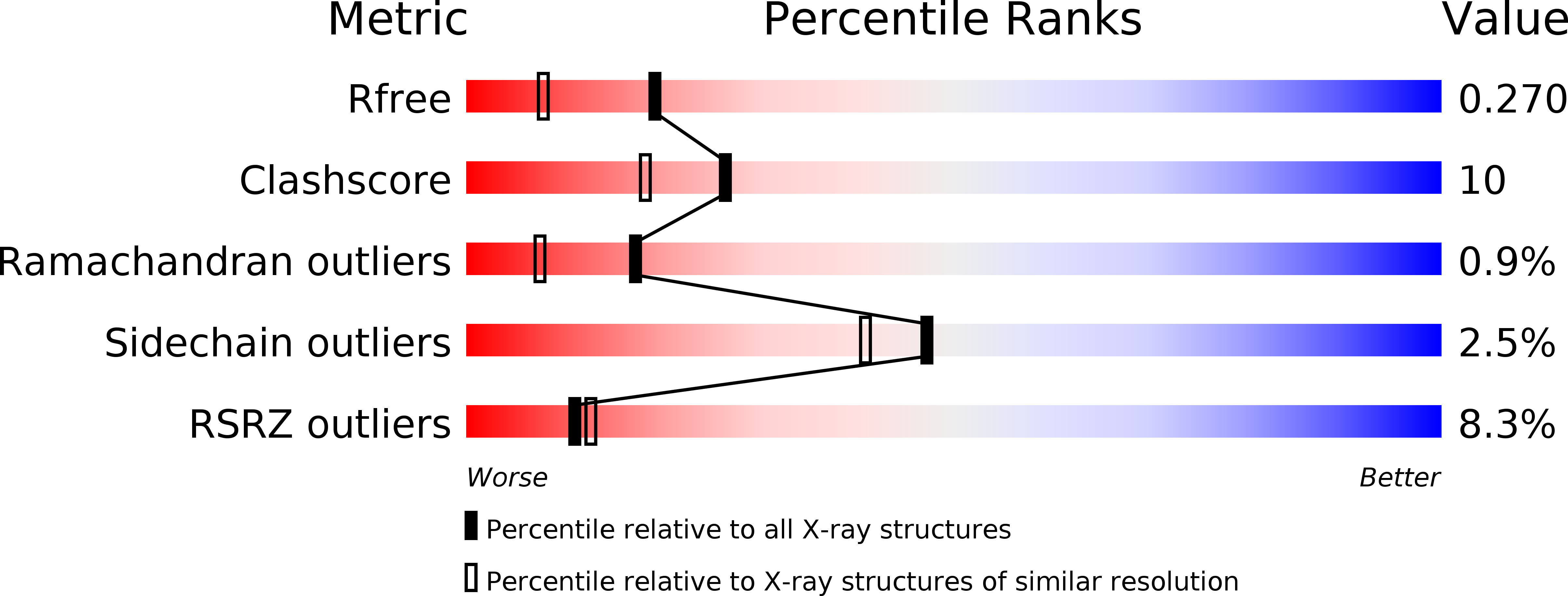
Deposition Date
2009-12-11
Release Date
2010-03-02
Last Version Date
2024-04-03
Entry Detail
PDB ID:
3L1B
Keywords:
Title:
Complex Structure of FXR Ligand-binding domain with a tetrahydroazepinoindole compound
Biological Source:
Source Organism:
Homo sapiens (Taxon ID: 9606)
Host Organism:
Method Details:
Experimental Method:
Resolution:
1.90 Å
R-Value Free:
0.27
R-Value Work:
0.24
R-Value Observed:
0.24
Space Group:
P 21 21 21


